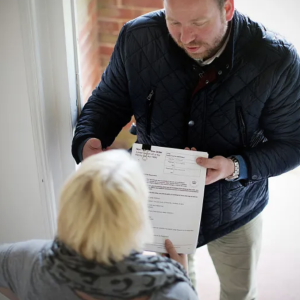Your feet can show early signs of heart problems—sometimes even a month before a heart attack. While not definite proof, these warning signs may point to poor circulation or heart dysfunction.
Cold feet or toes, even in warm rooms, may signal reduced blood flow caused by a weakened heart. Swelling in the feet and ankles—especially after sitting or standing—could indicate fluid retention due to heart failure.
Changes in skin color, such as blue, purple, or pale tones, may show that oxygen isn’t reaching the extremities properly. “Numbness or tingling sensations” can also suggest poor circulation and may be linked to peripheral artery disease (PAD), which is tied to heart disease.
Slow-healing sores or wounds, especially in people with diabetes, could also signal chronic circulation problems. Pain or cramping in the feet or calves while walking—called claudication—is another serious red flag for cardiovascular trouble.
These signs don’t mean a heart attack is guaranteed, but they suggest your cardiovascular health may be at risk. If you notice these symptoms, see a doctor, get checked for blood pressure, cholesterol, and diabetes, and stay alert to other signs of heart trouble.





